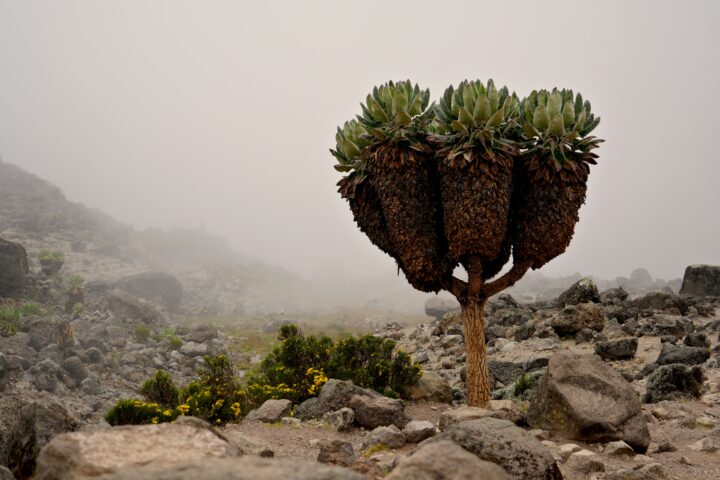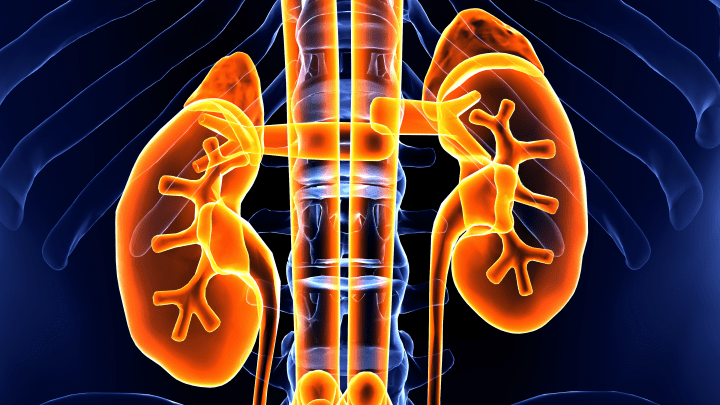The cuticle on the surface of leaves create a smart barrier by having selective permeability to both hydrophobic and hydrophillic molecules.
One might assume the wax coating on the upper surface of plant leaves serves as a simple barrier to keep leaves from losing water during dry conditions and from becoming waterlogged during wet conditions. But nature rarely makes single-function materials and these cuticular coatings are no exception.
While the main function of the cuticular coating is to protect leaves from gaining or losing too much water, it is also a smart membrane, allowing two-way transport of select molecules. While made up predominantly of water-proof waxes, the coating contains about one-fifth hydrophilic compounds such as . Microfibrils of cellulose or other carbohydrates are thought to form tortuous, branched pathways through the cuticular coating that allow limited transport of water and small water-soluble constituents, such as mineral salts, to and from leaf tissues when a droplet of water sits on the leaf surface. Molecular-scale imperfections or cracks form across the cuticular coating that can fill with water allowing water and water-soluble compounds to pass based on size, shape, electrical charge, and other physical/chemical attributes. Diffusion of fat-soluble compounds across the membrane occurs through molecular-size holes that form temporarily by the movement of cuticular wax and cutin molecules.








